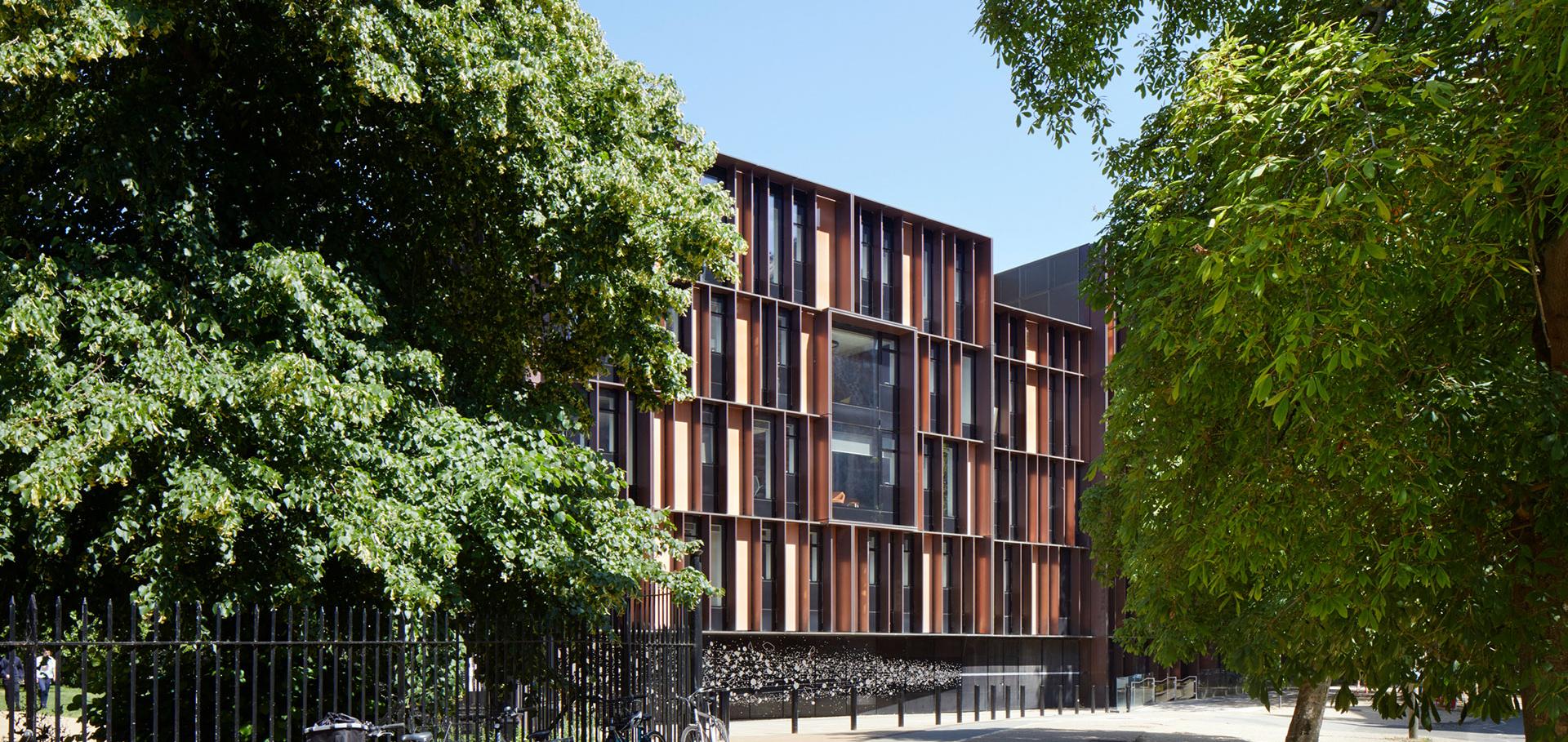Comparison of measurements of charge transfer inefficiencies in a CCD with high-speed column parallel readout
IEEE Transactions on Nuclear Science 57:2 PART 2 (2010) 854-859
Abstract:
Charge Coupled Devices (CCDs) have been successfully used in several high energy physics experiments over the past two decades. Their high spatial resolution and thin sensitive layers make them an excellent tool for studying short-lived particles. The Linear Collider Flavour Identification (LCFI) Collaboration has been developing Column-Parallel CCDs for the vertex detector of a future Linear Collider which can be read out many times faster than standard CCDs. The most recent studies are of devices designed to reduce both the CCD's intergate capacitance and the clock voltages necessary to drive it. A comparative study of measured Charge Transfer Inefficiency values between our previous and new results for a range of operating temperatures is presented. © 2010 IEEE.Comparison of Measurements of Charge Transfer Inefficiencies in a CCD With High-Speed Column Parallel Readout
IEEE TRANSACTIONS ON NUCLEAR SCIENCE 57:2 (2010) 854-859
Comparison of measurements of charge transfer inefficiencies in a CCD with high-speed column parallel readout
IEEE Nuclear Science Symposium Conference Record (2009) 836-841
Abstract:
Charge Coupled Devices (CCDs) have been successfully used in several high energy physics experiments over the past two decades. Their high spatial resolution and thin sensitive layers make them an excellent tool for studying short-lived particles. The Linear Collider Flavour Identification (LCFI) Collaboration has been developing Column-Parallel CCDs for the vertex detector of a future Linear Collider which can be read out many times faster than standard CCDs. The most recent studies are of devices designed to reduce both the CCD's intergate capacitance and the clock voltages necessary to drive it. A comparative study of measured Charge Transfer Inefficiency values between our previous and new results for a range of operating temperatures is presented. ©2009 IEEE.The LCFIVertex package: Vertexing, flavour tagging and vertex charge reconstruction with an ILC vertex detector
Nuclear Instruments and Methods in Physics Research, Section A: Accelerators, Spectrometers, Detectors and Associated Equipment 610:2 (2009) 573-589
Abstract:
The precision measurements envisaged at the International Linear Collider (ILC) depend on excellent instrumentation and reconstruction software. The correct identification of heavy flavour jets, placing unprecedented requirements on the quality of the vertex detector, will be central for the ILC programme. This paper describes the LCFIVertex software, which provides tools for vertex finding and for identification of the flavour and charge of the leading hadron in heavy flavour jets. These tools are essential for the ongoing optimisation of the vertex detector design for linear colliders such as the ILC. The paper describes the algorithms implemented in the LCFIVertex package as well as the scope of the code and its performance for a typical vertex detector design. Crown Copyright © 2009.Planar transformers for column parallel CCD clock drive
Nuclear Instruments and Methods in Physics Research, Section A: Accelerators, Spectrometers, Detectors and Associated Equipment 609:2-3 (2009) 122-128


